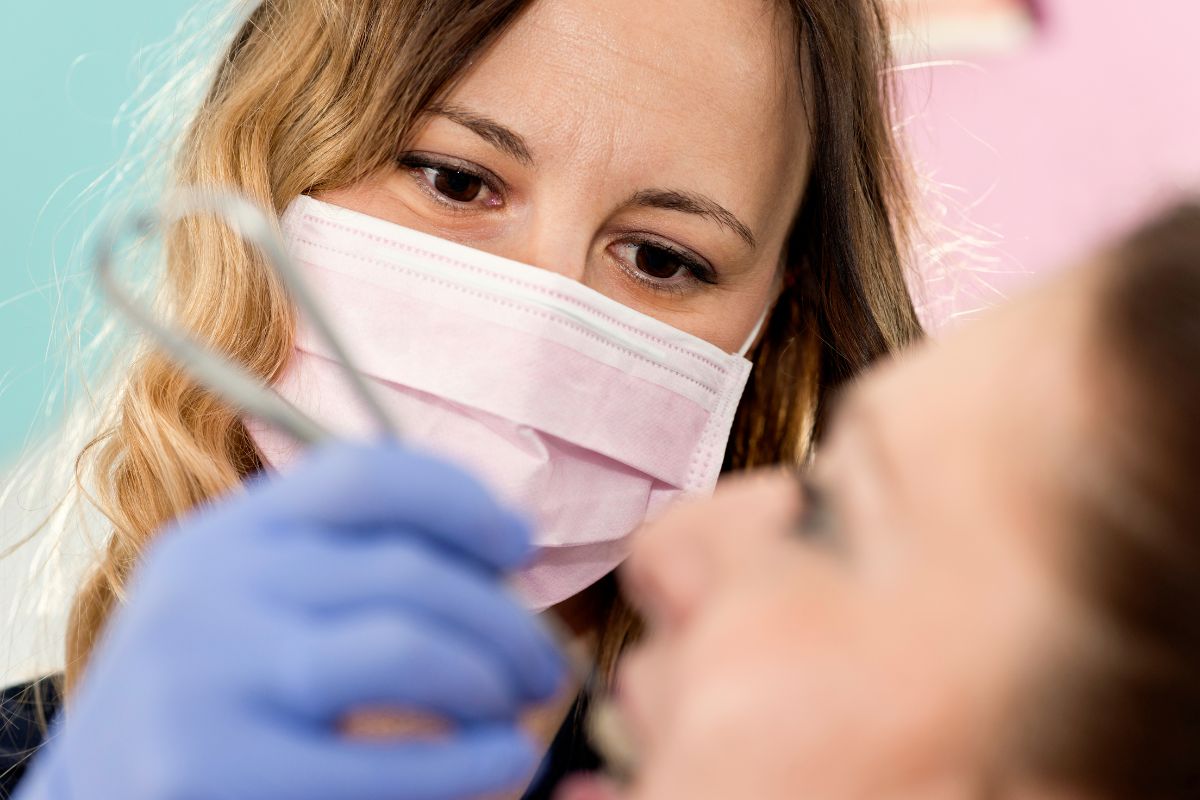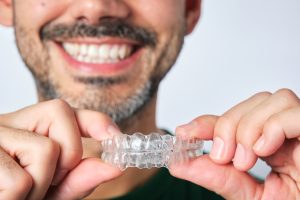Orthodontists are dental professionals who specialize in the diagnosis, prevention, and treatment of dental and facial irregularities. They use a variety of techniques, including braces, retainers, and other orthodontic appliances, to straighten teeth and correct misaligned jaws.
The field of orthodontics has a long and rich history. The first recorded instance of orthodontic treatment dates back to ancient Egypt, where mummies were found with metal bands wrapped around their teeth. In the 18th and 19th centuries, orthodontics began to emerge as a distinct field of dentistry, with the development of various appliances and techniques for correcting misaligned teeth and jaws.
Orthodontists undergo extensive training in order to become qualified to practice. After earning a bachelor’s degree, aspiring orthodontists must complete four years of dental school and then two to three additional years of specialized training in orthodontics. This training includes coursework in anatomy, physiology, and biochemistry, as well as hands-on clinical experience treating patients.
Orthodontists use a variety of tools and techniques to straighten teeth and correct misaligned jaws. The most common method is the use of braces, which are made up of metal brackets that are bonded to the teeth and connected by a wire. The wire is tightened periodically to gradually move the teeth into their proper positions. In addition to traditional metal braces, orthodontists also offer clear braces and “invisible” aligners as alternative treatment options.
Other orthodontic appliances include retainers, which are used to hold teeth in place after treatment with braces is complete; headgear, which is used to correct severe bite problems; and functional appliances, which are used to correct problems with the development of the jaw.
Orthodontic treatment can benefit people of all ages. Children and teenagers are typically the best candidates for treatment, as their bones are still growing and more responsive to orthodontic intervention. However, adults can also benefit from orthodontic treatment, and in recent years, the number of adults seeking treatment has increased significantly.
In addition to straightening teeth and correcting misaligned jaws, orthodontic treatment can also improve overall oral health. Straight teeth are easier to clean and less prone to tooth decay and gum disease. In addition, correcting misaligned jaws can help alleviate problems with biting and chewing, and can even improve breathing and speech.
Orthodontists play a vital role in the field of dentistry, helping patients achieve straight teeth and healthy, functional bites. If you or a loved one is considering orthodontic treatment, be sure to seek out a qualified, experienced orthodontist to ensure the best possible outcome.






